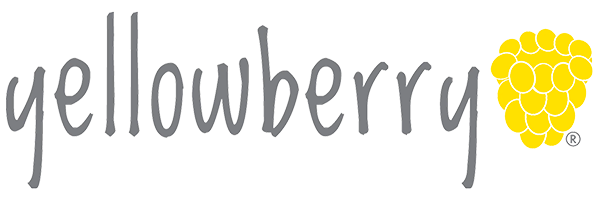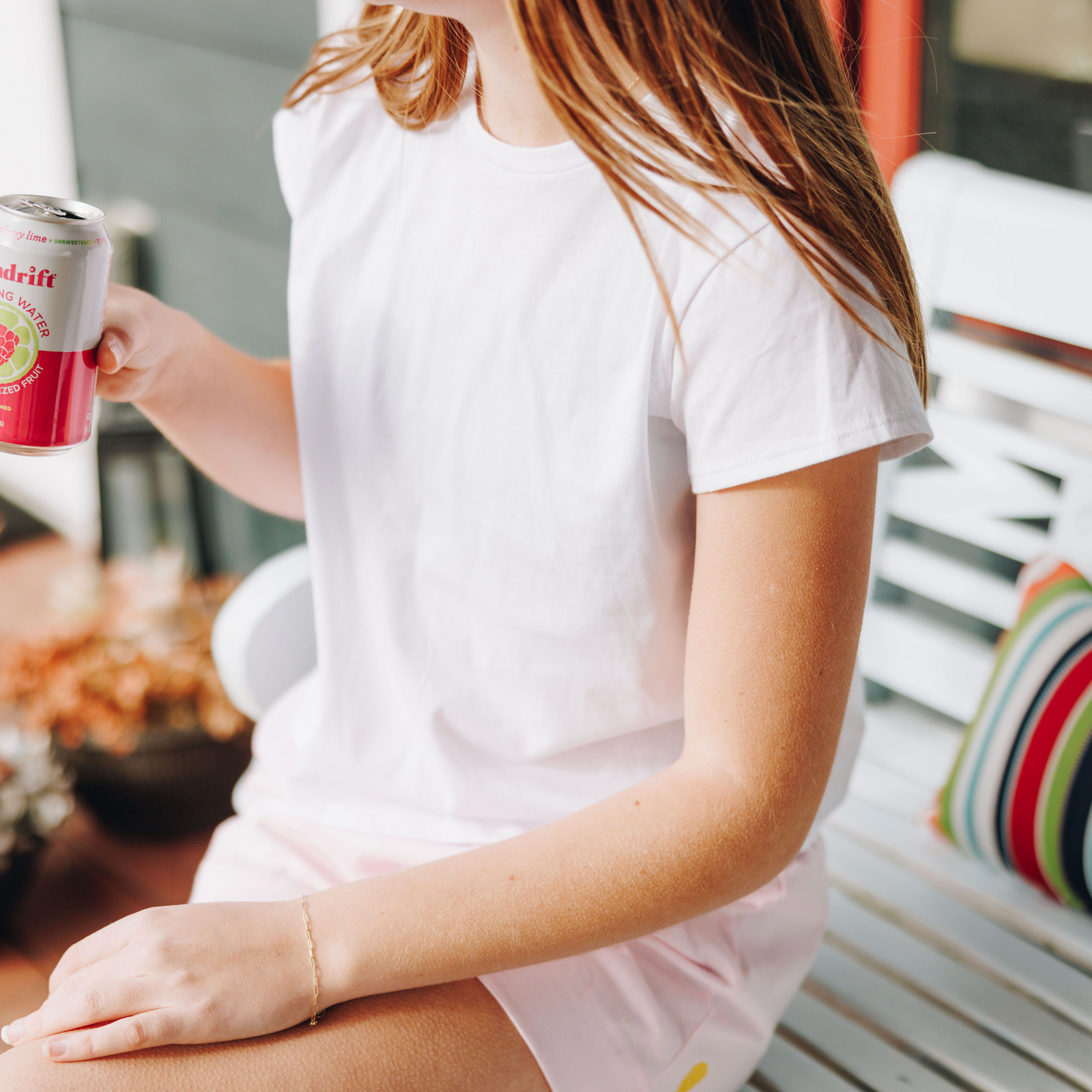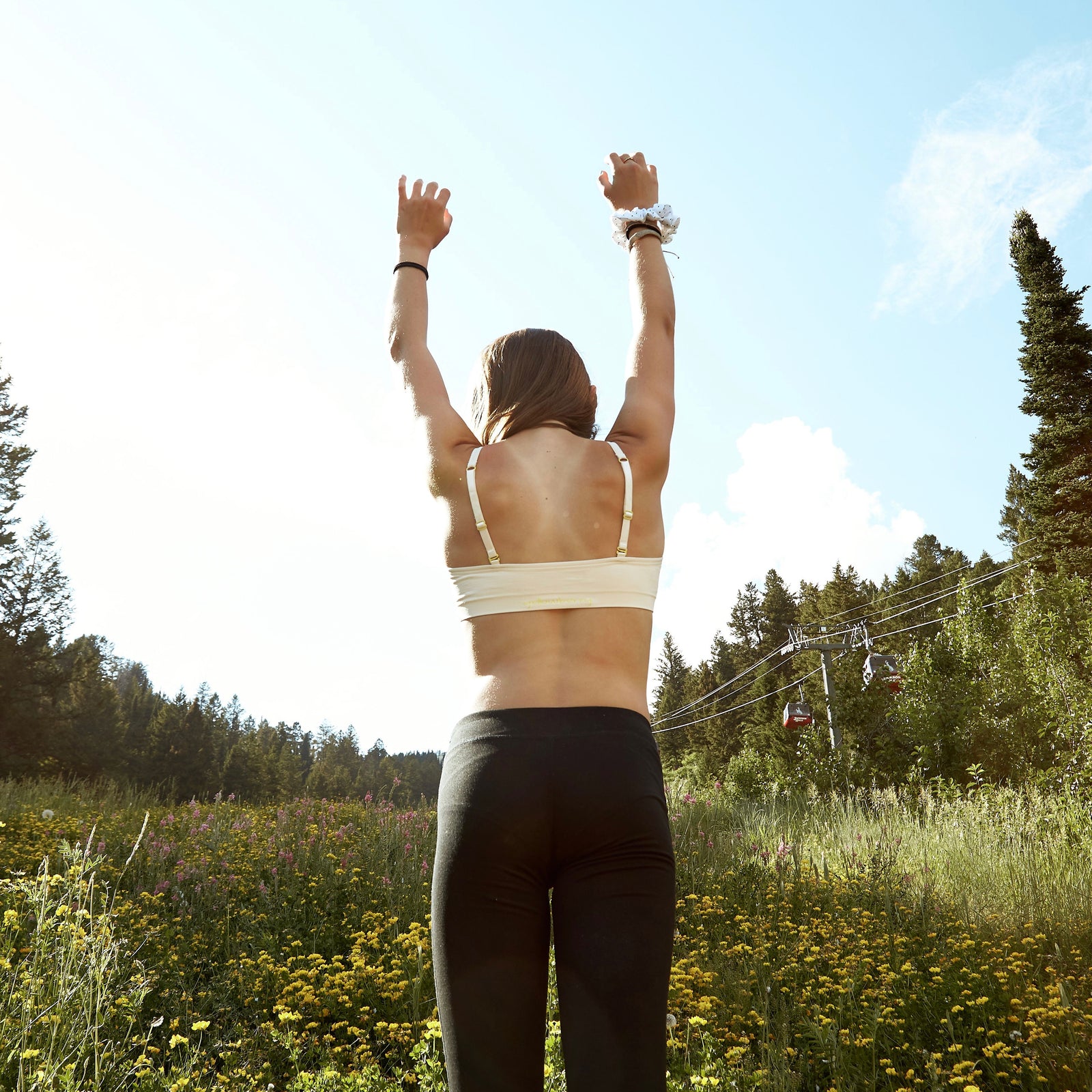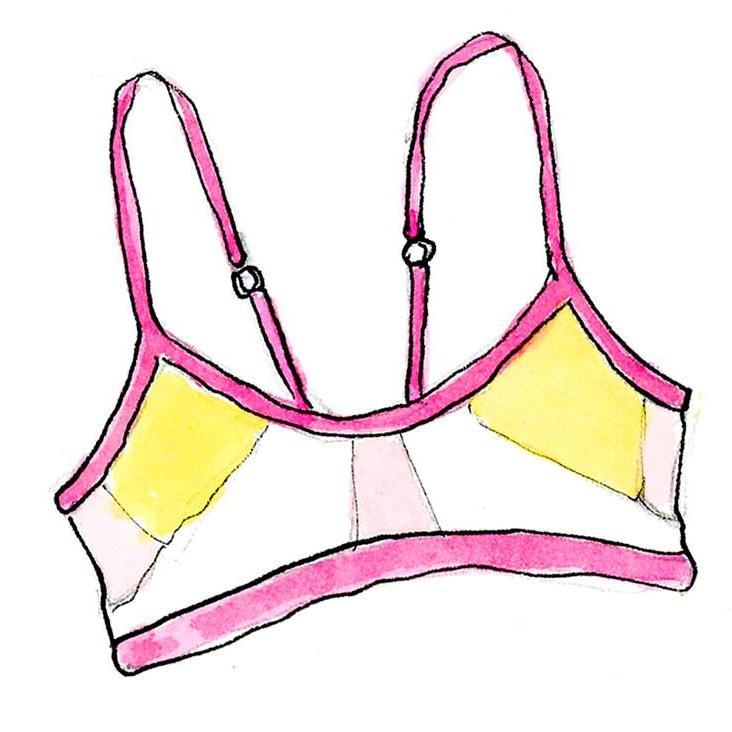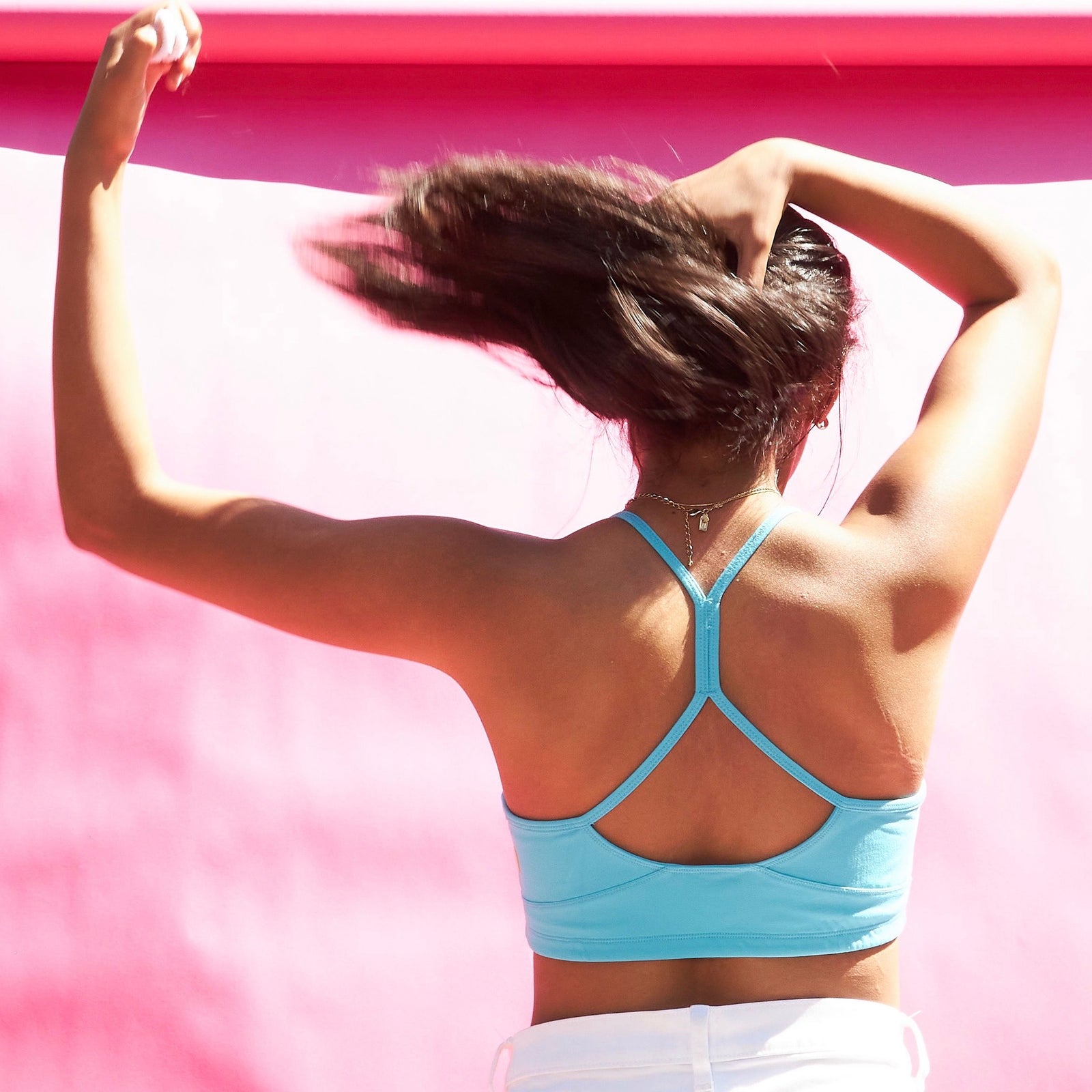The main difference between training bras and sports bras is that sports bras are made of more durable materials and generally are more elastic to keep breasts in place while you engage in physical activity. Training bras are usually made to be more comfortable and lightweight materials for younger users.
Training bras, sports bras, and bralettes—oh my! There are endless options out there, and if your daughter is just beginning to develop and learn about her body, it can feel overwhelming to know where to start.
When looking for bras for tweens, it’s important to understand the terminology.
What is the difference between a bralette, a training bra,and a sports bra? Sports bras offer more elasticity and support, often with layers of fabric to wick away sweat. Bralettes can come in a variety of thin fabrics with a less structured composition. They do not contain underwire, but rather, have an elastic band and do not have structured cups. A training bra is more accurately described as somewhere between the traditional bra and a bralette. It has slightly more structure than a bralette and is less constrictive than a sports bra or a traditional bra.
How do you find the right bra for you? It’s all about finding the right fit. Read on to find your daughter’s true bra size in every bra variation.
How to Measure Bra Band Size for Different Bras
Traditional Bras and Sports Bras
The same measuring procedure applies to traditional bras and sports bras. Wrap a measuring tape around your daughter’s rib cage, resting it just below her breasts. Whatever the resulting number is, add three inches to it. For example, if the result is thirty-three inches, you would add three to get thirty-six inches. This ensures you help her find a band size that is most comfortable for her.
To find her cup size, repeat the above steps, but this time, wrap the measuring tape around the fullest part of her breasts. Subtract the band size from this number. For example, if the result is thirty-eight and we use the figures from the previous example, we would subtract thirty-six to get two.
Using the difference between the two numbers, you can find her cup size. If the last figure was zero, she would be an AA cup. If the number was one, she would be A-cup; two means B-cup, and so forth.
When it comes to selecting the right sports bra, you want to know your daughter’s needed support level. High support is ideal for D-cup or larger for most activities and is also best for most sizes for high-intensity workouts. Medium support is a step down from high support and is better for moderate levels of activity (such as hiking or cycling). Low support is a low level of compression, ideal for yoga and walking.
Bralettes and Training Bras
For training bras and bralettes, you will follow the same steps as you would for measuring for a traditional bra or sports bra. However, instead of adding only three inches to the band size, you add five inches. These options are great if your daughter is not quite feeling ready for a traditional bra, or is seeking comfortable alternatives to underwire and compression materials. However, if her breasts are larger than a C-cup, she may find the support of a traditional bra to be more comfortable.
This is where Yellowberry comes in. We offer a wide variety of perfect first bras–not only when it comes to styles, but also options for the entire range of development. Many girls start wearing camisoles and training bras between the ages of ten and twelve, and as your daughter grows, her body will change, too. Yellowberry has a bra and a style for every step of the way, so she can keep up with her maturing body as well as the changing trends!
